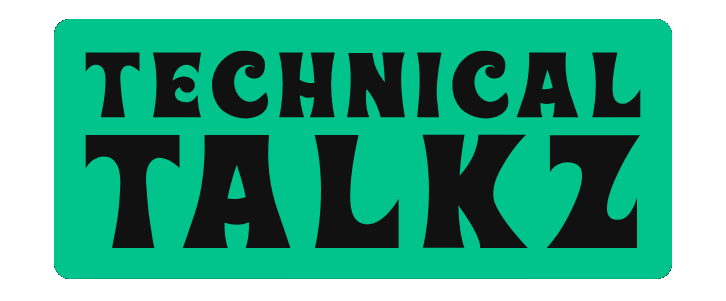
Cryptocurrency has come a long distance from the initial anonymous debut of Bitcoin in 2009. What began as an experiment into decentralized money is now a multibillion-dollar worldwide financial landscape. But where is crypto going? With rapid technological advancements, growing mainstream application, and evolving regulations, the next decade may redefine money, ownership, and digital identity.
Mainstream Adoption and Applications
One of the most positive signs for crypto’s future is its increasing mainstream adoption. Major companies like PayPal, Visa, and Tesla have already adopted crypto within their operations. In developing countries, where access to traditional banking services is low, cryptocurrencies are being used for remittances, savings, and inflation protection.
Beyond mere digital cash, blockchain technology enables a range of applications:
smart contracts, NFTs, DeFi, and others. These technologies are creating new markets and disrupting traditional industries like finance, gaming, art, and supply chains.
We will witness increasingly user-friendly crypto applications in the next decade—wallets, exchanges, and DeFi websites with intuitive interfaces, frictionless connection to real-world assets, and better consumer protection.
Regulation: Inevitable and Necessary
The biggest wild card in the future of crypto is regulation. Governments around the world are still struggling to determine how to define and regulate digital assets. Some, like El Salvador and the UAE, are embracing pro-crypto policies. Others, like China, have become more restrictive.
Clear and balanced regulation may be the secret to mass adoption. It would prevent fraud, safeguard consumers, and legitimize the industry in the eyes of institutional investors. Conversely, overly stringent laws may strangle innovation and drive crypto development underground.
The likely outcome is a compromise:
crypto more regulated and yet more mainstream. Expect the advent of Central Bank Digital Currencies (CBDCs), formal taxation regimes, and clearer definitions of tokens as securities, commodities, or currencies.

DeFi, DAOs, and Decentralized Everything
Decentralized Finance, or DeFi, is perhaps the most revolutionary aspect of the crypto universe. By eliminating banks and brokers in favor of code, DeFi sites allow consumers to lend, borrow, exchange, and earn interest without middlemen. Despite its infancy, the DeFi ecosystem is growing at an incredible rate and attracting billions of dollars in capital.
Aside from DeFi, Decentralized Autonomous Organizations (DAOs) are revolutionizing the governance of groups and businesses. These groups on blockchain-based platforms utilize token voting and smart contracts to make decisions, ushering in new forms of democratic management.
Anything from social networks to investment vehicles could ultimately be managed by DAOs, visionary thinkers say. Though still in development, the idea has the potential to create more open and transparent systems.
Sustainability and the Path to Green Crypto
One of the most damning criticisms of crypto—particularly proof-of-work protocols such as Bitcoin—has been their sustainability.
But times are changing. Ethereum’s switch to proof-of-stake reduced its energy consumption by more than 99%, and new blockchains are being designed with energy efficiency as a top priority. There is even a movement afoot to power mining operations with renewable energy.
As environmental concerns continue to grow, the demand for greener crypto solutions will drive innovation and determine which projects survive in the long term.
The Road Ahead
Through the rollercoaster of volatility, scams, and teething pains, crypto continues to evolve and mature. Its potential to democratize finance, increase transparency, and facilitate new digital forms of ownership makes it one of the most exciting technological frontiers of our era.
But this future is not guaranteed. In order for crypto to actually make a difference in the world, it must become more accessible, secure, and green. It must earn the trust of regulators, businesses, and everyday users.
One thing is sure: cryptocurrency is no longer an experiment on the periphery. It’s a disruptive force that will be at the heart of the digital economy of the future. Whether as a global currency, a programmable asset, or a new model of governance, crypto is here to stay—and its next chapter is just beginning.



